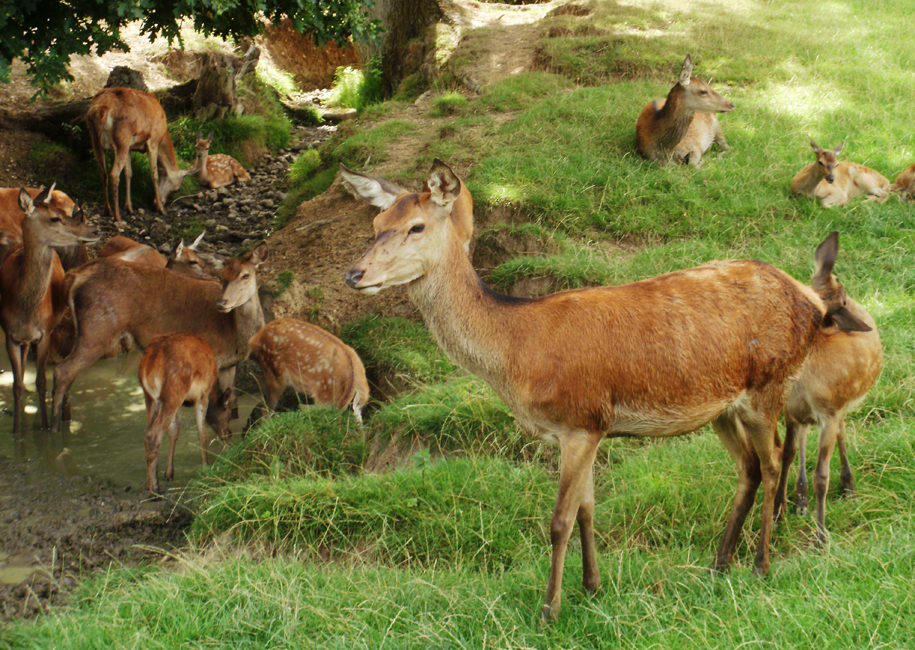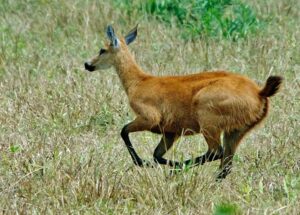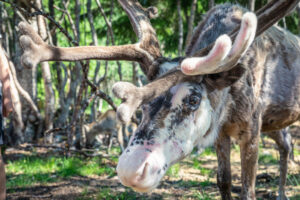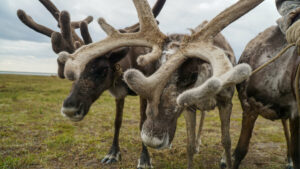Tropical Deer: An Unlikely Presence in Equatorial Regions
In the realm of wildlife, one might associate deer with sprawling forests and icy tundras, but a surprising phenomenon challenges this preconception – the existence of deer in tropical regions. Contrary to popular belief, several species of deer have adapted to the lush and vibrant ecosystems of the tropics, showcasing nature’s ability to thrive in diverse environments.
Tropical Deer Species: One notable example of tropical deer is the Philippine deer (Rusa marianna), also known as the Visayan spotted deer. This species is indigenous to the Philippines and inhabits the dense forests of various islands. Despite the warm and humid conditions of the tropics, these deer have evolved to thrive in this unique environment, exhibiting distinctive behaviors and adaptations.
Adaptations to Tropical Climate: Tropical deer species have evolved specific physiological and behavioral adaptations to cope with the challenges posed by equatorial climates. Their fur tends to be shorter and lighter in color, aiding in heat dissipation, while their diet often consists of a variety of vegetation available in tropical forests. Additionally, these deer have developed efficient cooling mechanisms, such as increased sweat production and finding shade during the hottest parts of the day.
Ecological Role: The presence of deer in tropical ecosystems plays a crucial role in maintaining ecological balance. As herbivores, they contribute to seed dispersal, promoting the growth of diverse plant species. Additionally, their presence influences the behavior of predators and helps regulate the population of smaller herbivores, contributing to the overall health of the ecosystem.
Conservation Challenges: Despite their adaptation to tropical environments, tropical deer species face various conservation challenges. Habitat loss due to deforestation and human encroachment poses a significant threat to their survival. Conservation efforts are underway to protect these unique deer species and their habitats, emphasizing the importance of preserving the delicate balance of tropical ecosystems.
Cultural Significance: In some tropical regions, deer hold cultural significance for local communities. They may be featured in folklore, myths, and traditional rituals, adding an extra layer of importance to their conservation. Understanding and respecting the cultural aspects associated with tropical deer can contribute to more effective conservation strategies.
The presence of deer in tropical regions challenges our conventional understanding of these animals’ habitats. As we strive to preserve biodiversity in the face of environmental challenges, acknowledging and studying these unique adaptations can provide valuable insights into the resilience of wildlife. Conservation efforts for tropical deer not only contribute to the protection of these fascinating species but also play a crucial role in maintaining the health and diversity of tropical ecosystems.




